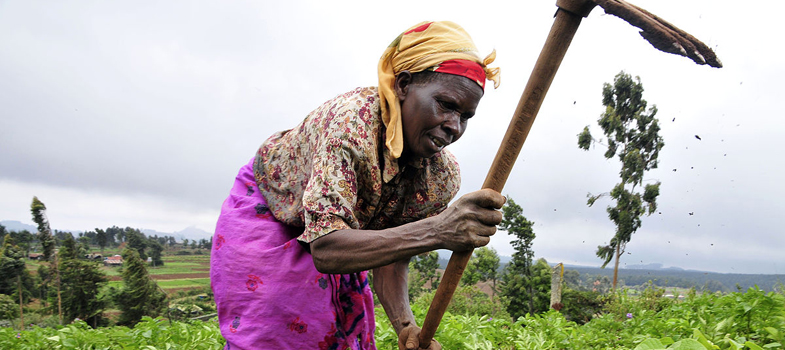2.3.4 Innovation
There are various definitions of innovation, depending on what aspect of an organisation’s life the process of innovation concerns. In another paper by Borda-Rodriguez and Vicari (2013b, p. 3), they note:
... all definitions are rooted in the assumption that innovation at its most essential level is the application of all types of knowledge that enable an organisation, institution or individual to improve their technological and economic performance.
In the context of co-operatives, innovation might involve a range of dimensions from changing technologies to changes in how the co-operative is organised (including who is included). It might also involve changes in capacities and capabilities of the co-operative through education, training and social learning. It might also involve changes in products produced by the co-operative or in the processes of production, or it might involve developing new market niches.
Many aspects of the production side of co-operatives are influenced by the value chains they are part of. Value chains may be local to the co-operative but are likely to be increasingly global or to have global elements (for example, inputs that are needed for production).
Value chain refers to the processes and linkages from inputs to final consumption. The processes might involve horizontal linkages (for example, the interactions between co-operatives that are producing a similar product, such as coffee, and are part of a union of such co-operatives). They might involve vertical linkages, for example between suppliers of inputs for coffee production and the members of a co-operative. An important dimension is who controls or ‘governs’ each aspect of the chain, and who benefits from it.
Innovations to improve technological and economic performance within value chains are seen as ‘upgrading’ (Kaplinsky and Morris, 2001). Upgrading may take the forms of:
- Process upgrading: innovating in production processes to increase efficiencies (for example, by technology changes or improved techniques of production).
- Product upgrading: improving products or producing new products in the co-operative (for example, as you will see later in this unit, producing better quality coffee or different types of timber for different uses).
- Functional upgrading: adding value by changing the activities that a co-operative engages in (for example, a sawn timber co-operative might start designing the doors that the timber is used for).
- Chain upgrading: engaging with a new value chain (for example, a agricultural product in the case of agricultural cooperatives or proving insurance as well as credit in SACCOs).
Being able to undertake such upgrading requires investment. Access to finance (credit) for co-operatives and their members is a fundamental prerequisite. This is often a challenge, most particularly in developing countries where co-operatives are not always able to access credit from commercial banks. Again, the Ugandan co-operative movement presents an example of how credit can be made available by linking production and marketing co-operatives with SACCOs. Favourable deals can also be made with buyers, particularly, for example, with FairTrade companies. However changes to standards are often involved, as you will see in one of the case studies in Section 3.
2.3.3 Networks
